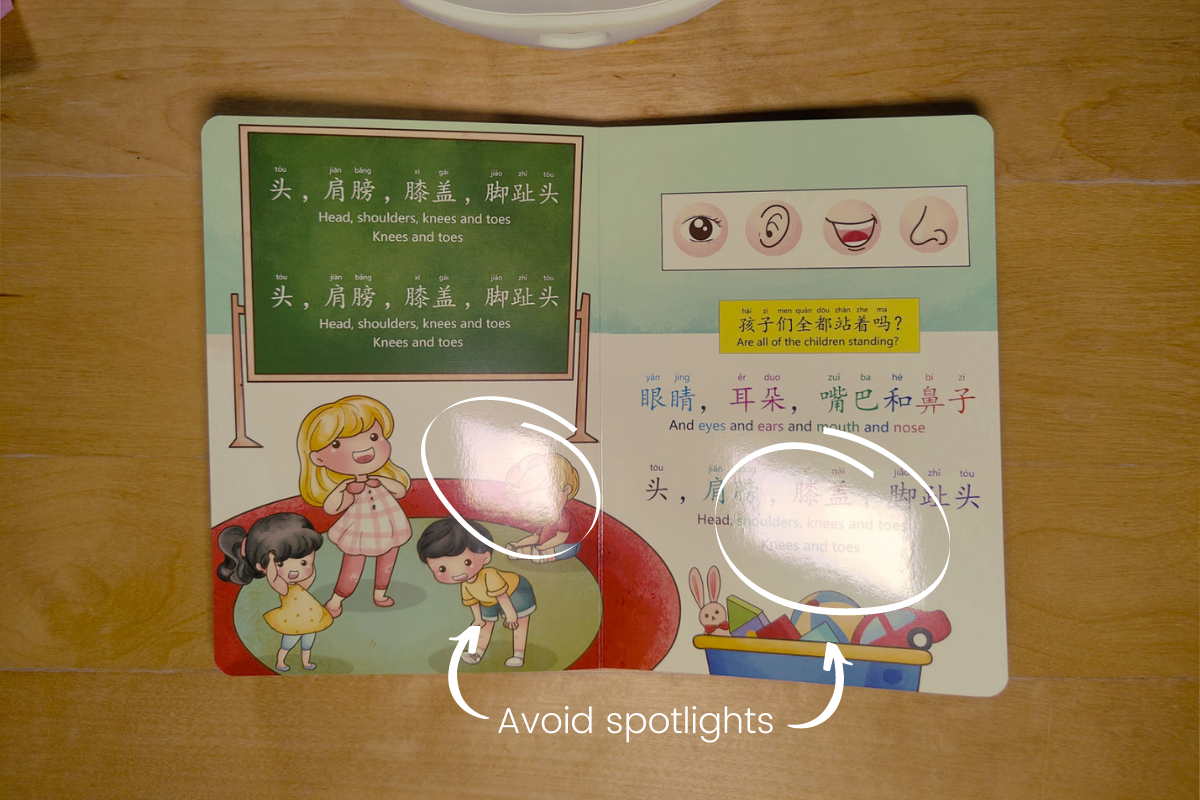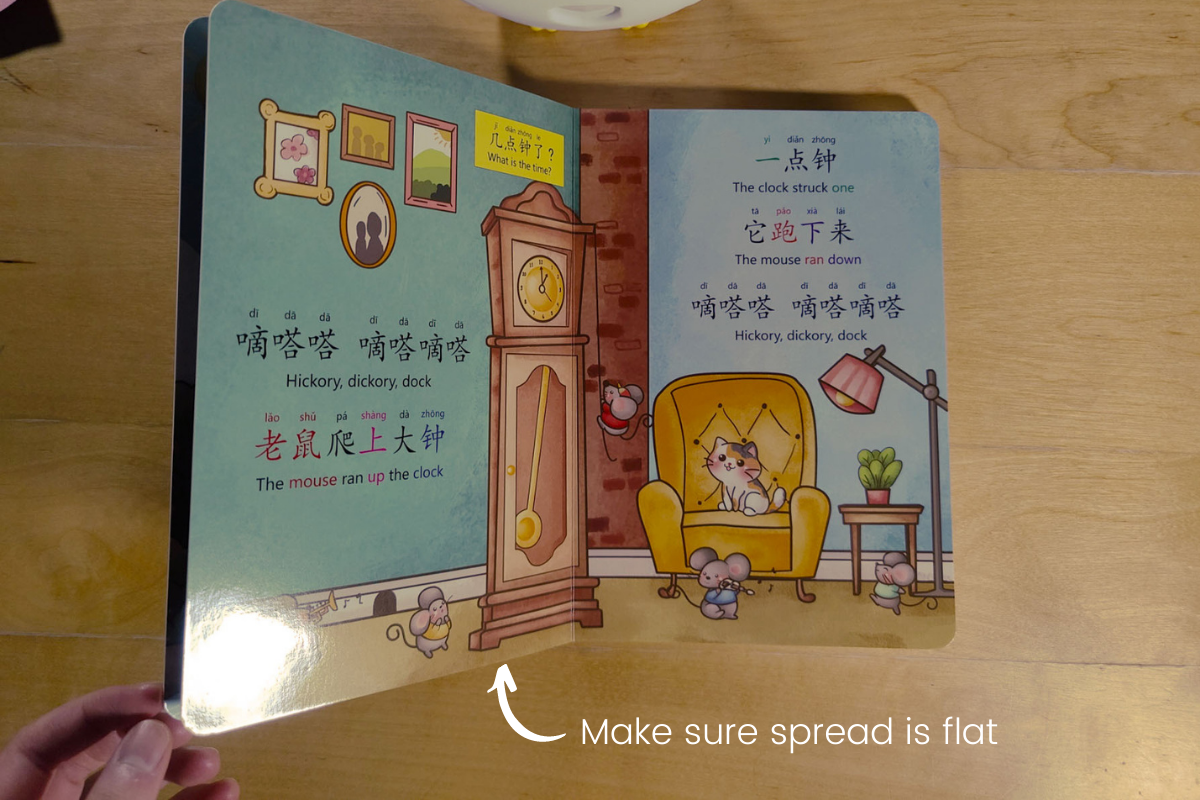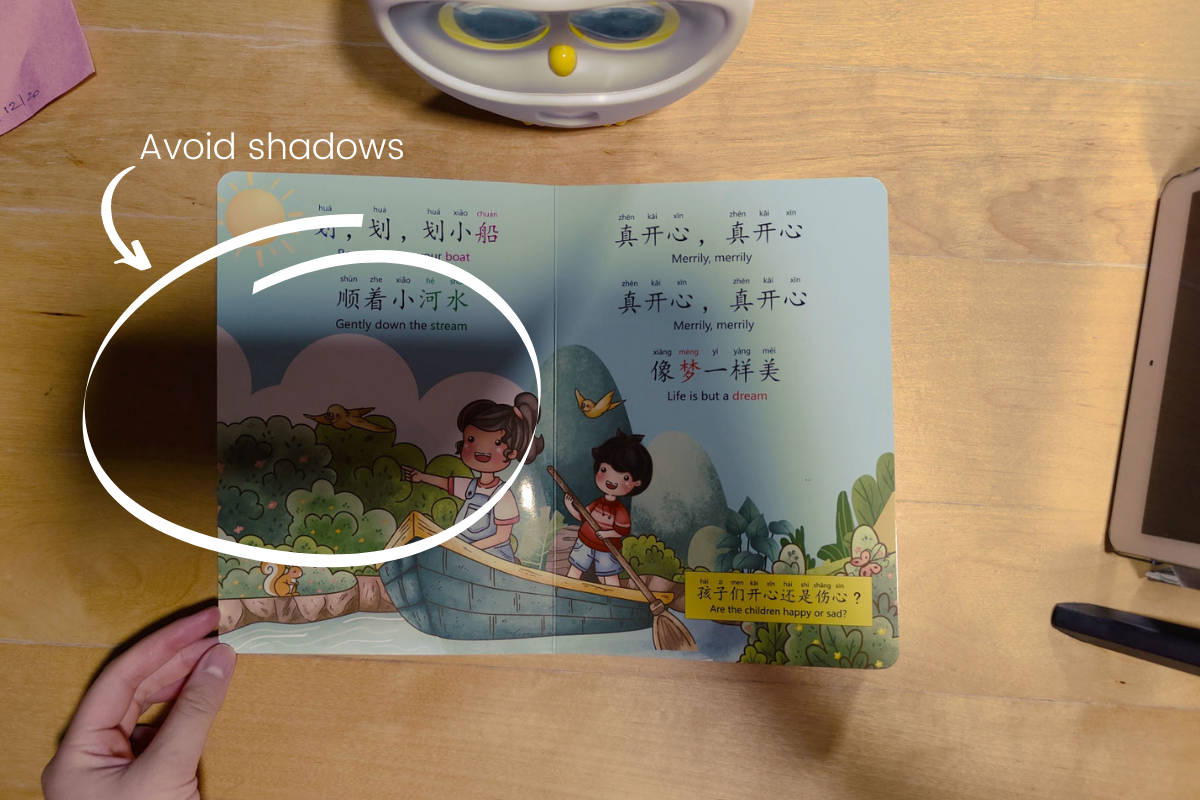Luka, Luka! Read my story!
The Luka self-recording feature is amazing. Here’s why…
The beauty of having a Luka is that it can read virtually any book, even if it’s not on the library! When a book isn’t on the library, we sometimes create self-recordings for them. We’ve done this with our Greenfield series, so that Rui can read through the graded system even if all the adults are occupied.
But… did you know you can make your own stories and self-record?
Contents
Why storyscribing is awesome! feat. Ms. Claudia Lee Kimura
Children as early as the age of two can tell stories well before they have the capacity to put words on paper. They may be able to scribble but not yet able to write the letters of the alphabet, spell words or construct sentences. If they cannot write, or refuse to write, does it mean they don’t have stories to tell? As parents, you can unlock and document the stories that are hidden in your child’s drawing. Storyscribing might be a tool you can consider!
“You can unlock and document the stories that are hidden in your child’s drawing.”
Storyscribing is an effective way to engage young children in the writing process well before they can write. It is a process by which your child shares their thoughts, ideas and stories with you, and you write them down for them. I started storyscribing for both my boys soon after they began to draw. I was curious about the stories that their pictures tell, and so I began storyscribing. I write down what my boys share, taking the opportunity to ask questions to clarify their ideas, showing them that I take interest in their stories. Not only do I model the physical act of writing, but also how I am using capital letters, full stops, finger spaces and showing my children the power of how conversations become words, words become sentences, and sentences become stories on paper.
“how conversations become words…
… words become sentences …
… sentences become stories”
How to self-record your own stories with Luka
Prepare a recording for Luka to read.
In your app, tap the ‘Books’ tab.
Tap the ‘Self-Recording’ button, then ‘Add Self-Recording’.
Instead of scanning a barcode, tap ‘Couldn’t find the barcode?’.
Scan the front cover of your book.
Take a photo of the double-page spread. Edit to make sure the corners are aligned and the book is in the right direction; you may retake the photo if necessary.
When all pages are taken, tap ‘Upload’.
Enter the book information: book name and publisher (you!). You can leave the ISBN blank.
For each page, including the cover, make a recording. (Tip: speak loudly, and close to the microphone!)
All done? Tap ‘All finished’.
After you’ve made your self-recording, make sure that there’s a green tick next to your recording in the list. If not, you may have to wait a little. When everything’s ready, your Luka will now be able to read the story! Just switch it to reading mode and present Luka with the cover!
Here are a few things to remember…
Make sure you have an active and stable Wi-Fi connection! You can check this in your Luka app settings.
If you’re making your own story, make sure each page spread is noticeably different. If the images are too similar, Luka may recognise them incorrectly.
Make sure the corners and edges are as best aligned as they can be. Do this by taking it parallel to the surface upon which the book is resting.
Make sure you’re taking photos in well-lit conditions.
Make sure the pages are evenly lit in the photo. (So, the colours are accurate and the lighting is even across the page. See examples below.)
A final little thought...
Both the Europe and Global Luka have self-recording - and it’s a great feature. Sometimes, it’s comforting to hear a familiar adult’s voice. Sometimes, the Luka doesn’t have the book on its library. Sometimes, there’s a particular way you want a story to be told or an extra message you want to add. The self-recording feature adds a personal touch to the Luka that helps us make the most of it.
Just as Claudia said, when a child is able to create their own story both visually and textually, it can be really rewarding! Having creative pieces of fiction and non-fiction by the children themselves really helps support their language learning by giving them a fun and accessible way to consolidate what they know and learn something new! Self-recording and encouraging your kid to narrate their stories aloud is a great way to engage and it can feel like such an awesome achievement to have Luka read it like an official book!
We really want children to enjoy their language journey, so we’re always excited to find new ways to make that language journey more fun! Language learning doesn’t have to always be textbooks and dictations… Languages are creative and fun - so learning should be, too!
Michal sometimes used Luka as a little radio to play music while she did her work - haha! I often just use Luka to poke its tummy to see how it reacts. Zhe likes to make Luka dizzy by holding him upside-down. In fact, only Rui really uses it the way it should be!
We just hope that this little guide helps someone else find another fun way to use their Luka and practise some writing and drawing! Luka can be a really fun addition to your library and helping with language learning without getting in the way of parent-child reading time!
This post would not have been possible without the wonderful insight and storyscribing experience and enthusiasm of Claudia! We’re incredibly grateful that she offered to write up a section to share all the benefits of storyscribing with our readers. I really hope that you can find some encouragement in her words! Thank you, Claudia!
If you’re looking for more posts about language learning and literacy written by Claudia, then you can always head over to these places for more. (She even has delicious looking recipes on her blog!)
Don’t forget to share this post with someone who might find this useful, too! You can follow us on Instagram, Facebook and Twitter for the latest news and books and you can find free readings on our YouTube channel, too.
See you around! :)








